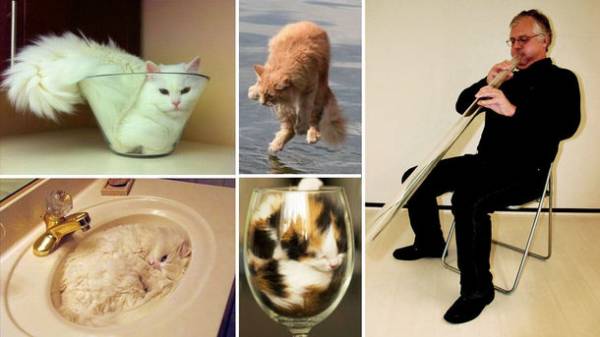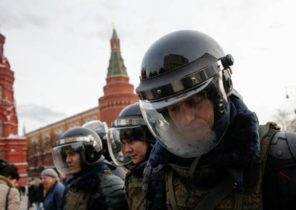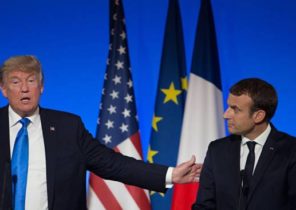
27 ceremony humorous “IG Nobel prize” was held at Harvard University. It is awarded for the most absurd scientific discoveries, reports TASS.
As before, each nominee received an award of 10 trillion Zimbabwean dollars. The awards were presented by Nobel laureates Eric Maskin (Economics, 2007), Oliver HART (Economics, 2016), Roy Glauber (physics, 2005).
Prize in physics was awarded to Marc-Antoine Fardin, proving that cats are liquid.
“In the liquid state the substance occupies a certain volume and takes the shape of the container in which is located,” explains the scientist in his study “On the rheology of cats”, accompanying his words with visual illustrations. He also notes that more adult cats spread faster than kittens.
The winners of the “IG Nobel prize” in the world were scientists from Switzerland, has proven that making music a wind instrument of the Australian aborigines didgeridoo eliminates snoring.
SEE ALSO
- Found the the world’s unluckiest traveler: what happened to him
“Nobelevku” the economy went to Matthew Roloff and Nancy Greer – Australians, is clear about the definition that the players in the casino are inclined to higher stakes after hold in the hands of a crocodile. In such situations the brain is excited from the realization of power over the predator, this could provide a false signal to a daring luck.
Another winner of the “IG Nobel prize”, the British anatomist James Heathcote, found that human ears after 30 years begin to grow two millimeters in 10 years.
French neuroscientists have proven that some people exist in a particular brain region, causing an aversion to the smell and taste of cheese. But researchers from Italy have found that identical twins are often not able to distinguish each other in photographs.
This award, also called Antinobelevskoy prize, awarded “for achievements that first make laugh and then reflect.” It was established in 1991 by the magazine “Annals of improbable research”. Since 1999 the prize is awarded in 10 fields, part of nominations coincides with the Nobel, the remaining established each year separately. Award winners usually get from the hands of Nobel laureates from different years.







